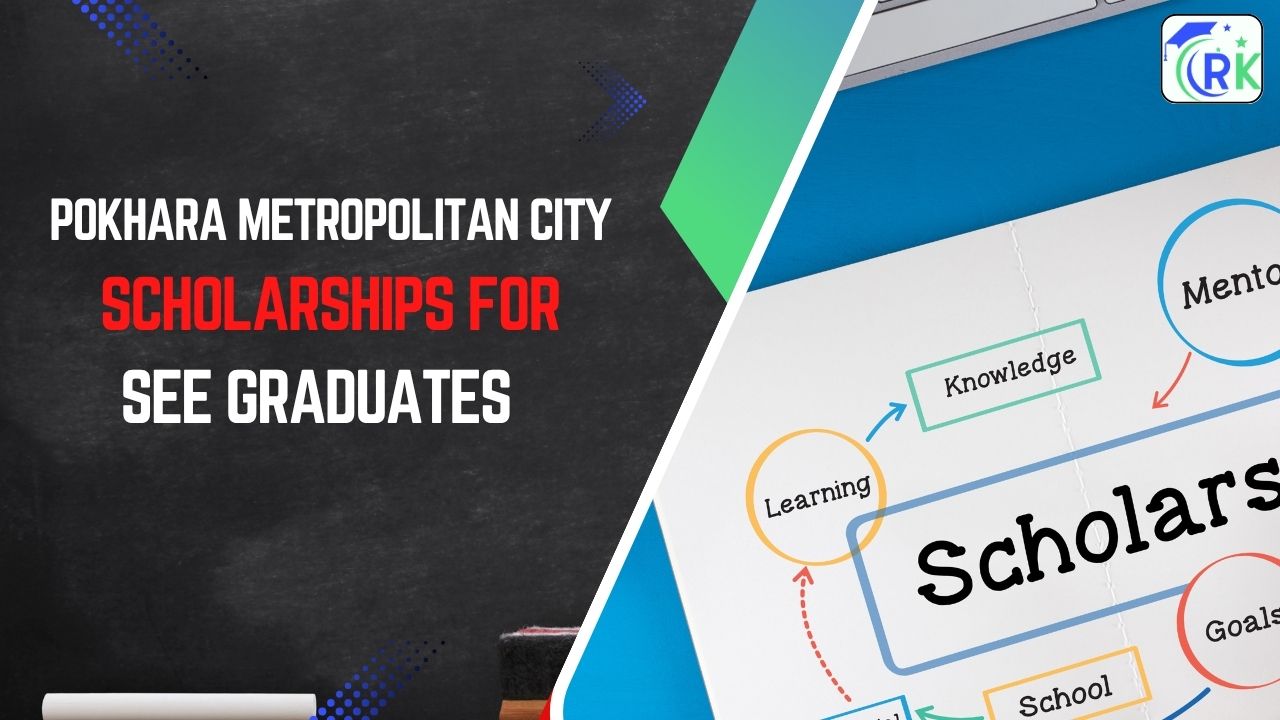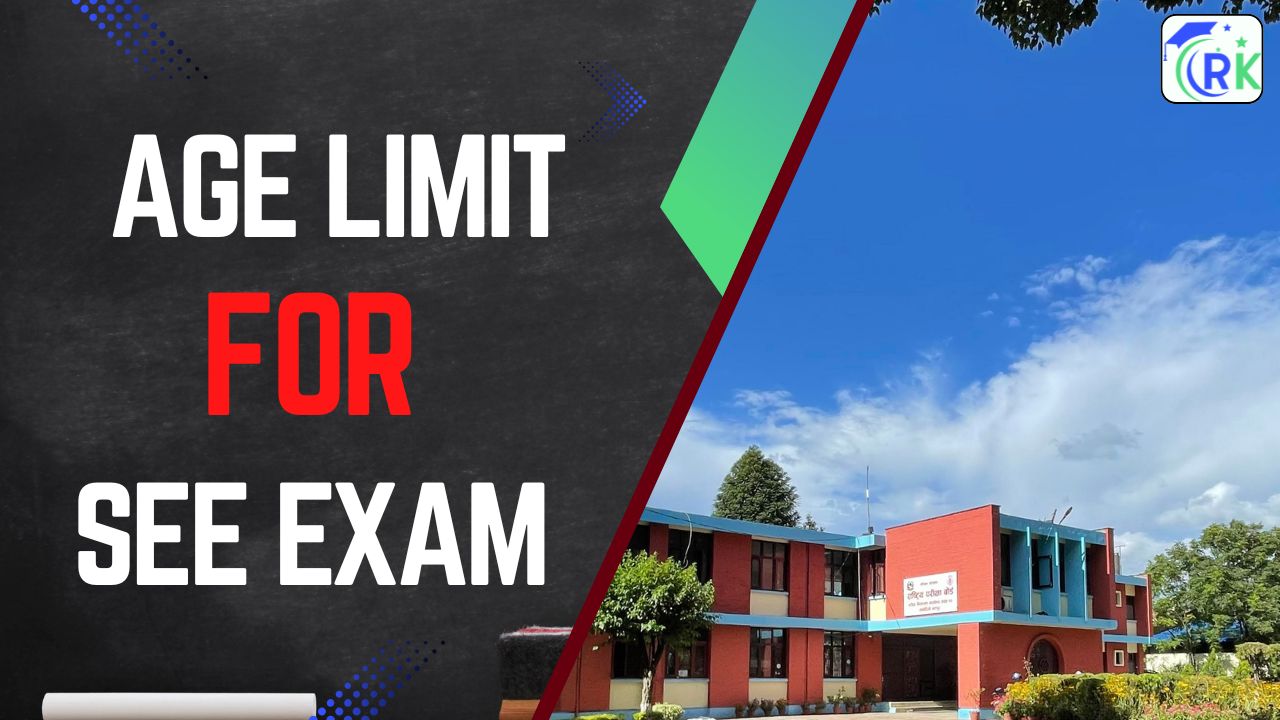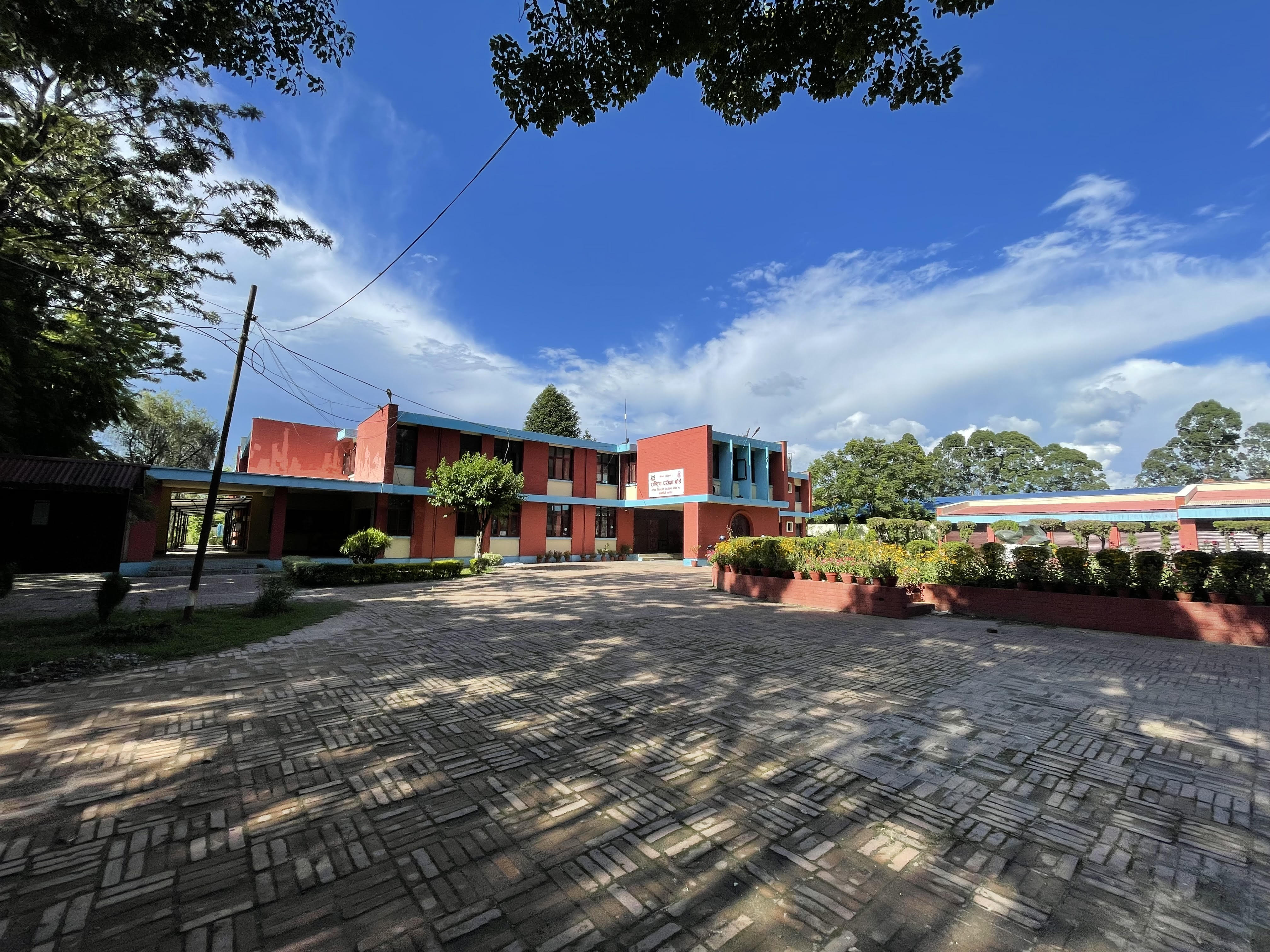What Should You Do After SEE ? A Helpful Guide for Nepali Students
The Secondary Education Examination (SEE) is one of the biggest academic milestones in a Nepali student’s life. Once the results are out, many students and their families wonder, “What comes next?” This guide will help you understand your options after SEE and how to plan the next steps carefully.
1. Understand the Education Pathways After SEE
In Nepal, after completing SEE, students have several education pathways to continue their studies or start building skills for their careers. Choosing the right path is important for your future success.
Option 1: Enroll in +2 (Higher Secondary Education)
The most common route is to join +2 level education, which includes grades 11 and 12 under the National Examination Board (NEB). You can choose from different streams:
Science Stream
Ideal for students who want to pursue careers in engineering, medicine, pharmacy, or other science-based fields.
Management Stream
Focuses on business, accounting, finance, and economics. Good for those interested in becoming managers, entrepreneurs, or accountants.
Humanities Stream
Covers social sciences, education, arts, and languages. Great for careers in teaching, journalism, social work, or civil service.
Education Stream
Focused on training future teachers and education professionals.
Tip: Choose a stream based on your interest and strengths, not just popularity or peer pressure.
Option 2: Choose Technical and Vocational Education (CTEVT)
If you prefer learning practical skills and want to start working sooner, the Council for Technical Education and Vocational Training (CTEVT) offers diplomas and certificates in fields like:
- Engineering (civil, mechanical, electrical)
- Health sciences (nursing, lab technician)
- Agriculture
- Hospitality and tourism
- Information Technology
Option 3: Consider International Curriculum or A-Levels
For students aiming to study abroad or attend international universities, programs like A-Levels or International Baccalaureate (IB) can be an option. These programs require good English skills and are available in selected schools.
Option 4: Entrance Exam Preparation Courses
Students who want to enter competitive fields like medical or engineering colleges often enroll in coaching classes after SEE. These courses help prepare for entrance exams and improve knowledge in key subjects.
2. What Factors Should You Consider Before Deciding?
Your Interests and Strengths: Choose what motivates and excites you. If you enjoy science, the Science stream or technical diplomas may suit you.
Career Goals: Think about what career you want in the future and pick the education path that aligns with it.
Family and Financial Situation: Some programs may require higher fees or longer study time. Discuss your options openly with your family.
Availability in Your Area: Not all programs or schools are available everywhere, especially in rural areas. Find out what options are accessible to you.
Future Opportunities: Consider which option will help you get admission to good universities or jobs.
3. Important Tips for Students and Parents
Don’t Rush: Take time to understand all your options before making a decision.
Seek Guidance: Talk to your teachers, school counselors, or experienced family members for advice.
Stay Informed: Follow official announcements from the Ministry of Education, NEB, and your school regularly.
Plan Your Finances: Budget for tuition fees, study materials, and other expenses early on.
Stay Focused: Whatever path you choose, stay committed and work hard.
4. What If You Are Unsure About Your Choice?
If you’re not sure which path to take, you can:
Join Career Counseling: Many schools and local organizations offer career guidance sessions.
Explore Short-Term Courses: Consider vocational training or skill development courses while you decide on long-term plans.
Keep Options Open: Some students start with +2 and later switch to technical or vocational training depending on their interests.
Final Thoughts
The period after SEE is a crucial step toward your future. Whether you continue in +2, choose technical education, or explore international options, the most important thing is to choose a path that fits your interests and goals.
Remember, success depends on dedication, effort, and making informed decisions. Result Kendra will continue to provide you with reliable updates and support to help you succeed.








